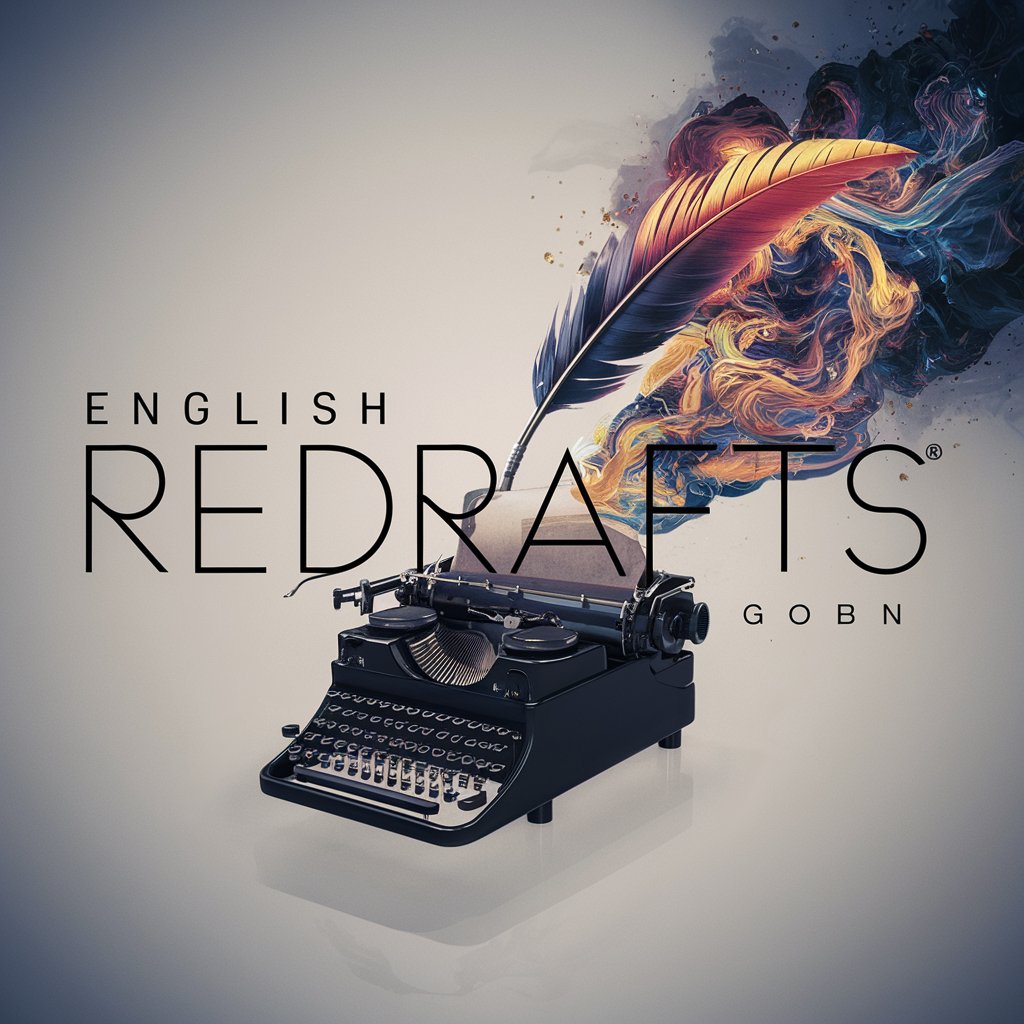556 - Detailed Firearms Information

Hello! I'm here to provide detailed information about the .556 caliber and related firearms.
Empowering Firearm Knowledge with AI
Can you explain the specifications of the .556 caliber?
What are the key differences between .556 and other calibers?
How does the .556 caliber perform in various firearms?
Could you provide a brief history of the .556 caliber?
Get Embed Code
Introduction to .556 GPT
The .556 GPT is a specialized artificial intelligence designed to provide detailed, accurate information about the .556 caliber and related firearms, primarily focusing on AR-15 rifles. This GPT aims to serve as an informative resource on the technical specifications, usage, history, and various aspects related to the .556 caliber. It is programmed to maintain a neutral stance on firearms, offering facts without advocacy for or against gun ownership. An example scenario illustrating its purpose could be a user inquiring about the differences between .556 NATO and .223 Remington cartridges, where .556 GPT would explain not only the physical differences but also the implications for use in various firearms, considering pressure differences and chamber specifications. Powered by ChatGPT-4o。

Main Functions of .556 GPT
Technical Specifications and Comparisons
Example
Detailing the ballistic characteristics of the .556 caliber, including muzzle velocity, effective range, and energy.
Scenario
A user comparing the .556 caliber to other rounds like the 7.62x39mm for a better understanding of their respective applications in hunting and sport shooting.
Historical Context and Development
Example
Explaining the evolution of the .556 caliber and its adoption by military forces, including the development of the M16 rifle.
Scenario
A history enthusiast or student researching the impact of .556 caliber firearms on modern military tactics and engagements.
Safe Handling and Legal Considerations
Example
Providing information on safe practices for storing, handling, and transporting firearms chambered in .556 caliber.
Scenario
A new firearm owner seeking guidance on responsible gun ownership and adherence to local laws and regulations.
Ideal Users of .556 GPT Services
Firearms Enthusiasts
Individuals with a keen interest in firearms, especially those related to the .556 caliber and AR-15 rifles, seeking to expand their knowledge on technical specifications, historical context, and safe handling practices.
Educators and Researchers
Academics and historians focusing on military history or technology, who require detailed information on the development, usage, and impact of .556 caliber firearms in modern warfare and civilian applications.
Responsible Gun Owners
Individuals owning or considering owning a .556 caliber firearm, looking for authoritative information on safe practices, legal considerations, and technical advice to ensure responsible ownership.

How to Use 556
1
Start with a free trial at yeschat.ai, no sign-up or ChatGPT Plus required.
2
Familiarize yourself with the user interface and settings to customize your experience.
3
Select the .556 caliber information module for detailed data on specifications, usage, and safety.
4
Utilize the query box to ask specific questions about the .556 caliber, including history, technical specifications, and legal considerations.
5
Review the provided information carefully, and always cross-reference with official and authoritative sources for safety and legality.
Try other advanced and practical GPTs
Analysis
Empowering Insights with AI Analysis

Doug Dollar Dominator
Your AI-powered financial drill instructor

Island
Master Survival with AI-Powered Strategy

Ethnic Studies
Exploring Diversity with AI

Criação de Postagens para o LinkedIn
Empower Your Professional Presence

IRB 도우미
Streamlining IRB submissions with AI

Routetrip
Your AI-Powered Road Trip Companion

House Plants
Green Your Space with AI-Powered Plant Care

Academic Writer
智能化的学术写作和研究伙伴

StyleStats
Streamlining barbershop operations with AI

English Redrafts
Revolutionize Your Text with AI

Books
Explore Literature with AI

556 Q&A
What is the .556 caliber commonly used for?
The .556 caliber is primarily used in AR-15 style rifles for a range of activities including sporting, hunting, and tactical applications due to its versatility, moderate recoil, and effectiveness at medium ranges.
How does the .556 caliber differ from .223 Remington?
While .556 NATO and .223 Remington cartridges are visually similar and often considered interchangeable, .556 NATO operates at a higher pressure. This difference requires caution when firing .556 NATO rounds in rifles chambered specifically for .223 Remington due to potential safety risks.
Can .556 caliber be used for home defense?
Yes, the .556 caliber can be used for home defense. Its effectiveness, combined with the AR-15's reliability and capacity, makes it a choice for some. However, consideration should be given to over-penetration risks in a home environment.
What are the key safety tips for handling .556 caliber firearms?
Key safety tips include always keeping the firearm pointed in a safe direction, keeping your finger off the trigger until ready to shoot, using ear and eye protection, and ensuring the firearm is unloaded when not in use. Familiarization with local laws and regulations is also crucial.
How should .556 caliber ammunition be stored?
Ammunition should be stored in a cool, dry place, away from children and unauthorized users. It's advisable to use a locked storage solution to prevent unauthorized access and to maintain the ammunition's integrity over time.
